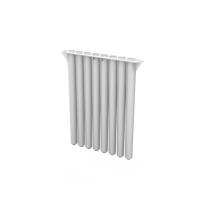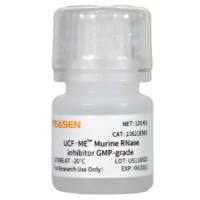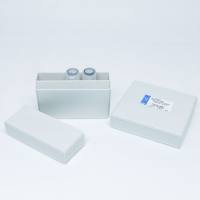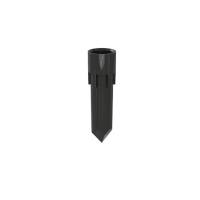Transspecies Grafting as a Tool to Understand the Basis of Murine Developmental Limb Abnormalities
互联网
584
Elongation along the proximal distal axis of the limb, from either the pectoral or pelvic girdle to the distal tips of the digits, is regulated from the early stages of limb morphogenesis by the formation of a specialized epithelial structure at the limb bud apex, the apical ectodermal ridge (AER). The formation and maintenance of the AER are dependent on signals produced by the underlying mesenchyme (1 -4 ). In return, the AER maintains the underlying mesenchyme in an undifferentiated, proliferative state. Surgical extirpation of the AER results in truncated limbs; the most distal structures formed can be correlated with the time of AER removal (5 ). Thus, in the characterization of abnormal phenotypes in which the limb fails to develop distally complete limbs, a lack of AER formation or regional maintenance may be causative, but the tissue origin of the defect could be either the ectoderm or mesoderm. To determine if the defect is indigenous to the ectoderm or mesoderm, one approach is to perform tissue recombination experiments in which normal ectoderm or mesoderm is isolated and recombined with the complementary tissue isolated from the limb bud of an abnormal embryo. Recombinant limbs are then grafted to the flank of a host chick embryo and allowed to develop. This approach has been used to analyze two chick mutants, limbless (3 ) and wingless (6 ), and the mouse mutant limb deformity (ld ) (7 ). In the analysis of the chick mutants, double reciprocal exchanges were performed (i.e., normal ectoderm and mutant mesoderm) as well as mutant ectoderm and normal mesoderm limb recombinants were analyzed. In these studies, the ectoderm isolated from either limbless or wingless was found to be incapable of promoting normal limb morphogenesis (3 ,6 ). Tissue recombination has been successfully used to examine the ability of ratlimb-derived ectoderm to promote normal morphogenesis of chick mesoderm (8 ) and, recently, in the analysis of the mouse mutant limb deformity (ld ) (9 ). The limb buds of ld-null animals exhibit an abnormal AER morphology and the mutated gene is expressed in both the limb mesenchyme and AER. Recombination studies in which ld limb ectoderm was recombined with chick/quail mesoblasts suggest that the abnormal AER observed in ld-null limb buds is attributable to the role of formin proteins in the distal mesenchyme, not in the AER itself (7 ). We are currently using this strategy to determine if the lack of AER formation in the hindlimb buds of the mouse mutant lgl is of ectoderm or mesoderm origin (10 ). Ideally, one would like to perform this type of analysis as was done for the chick mutants in which recombinant limbs are generated from both mouse mutant limb ectoderm and mesoderm. Unfortunately, mesoderm from rodent limb buds does not become vascularized by the chick host and the recombinant limbs fail to develop.









